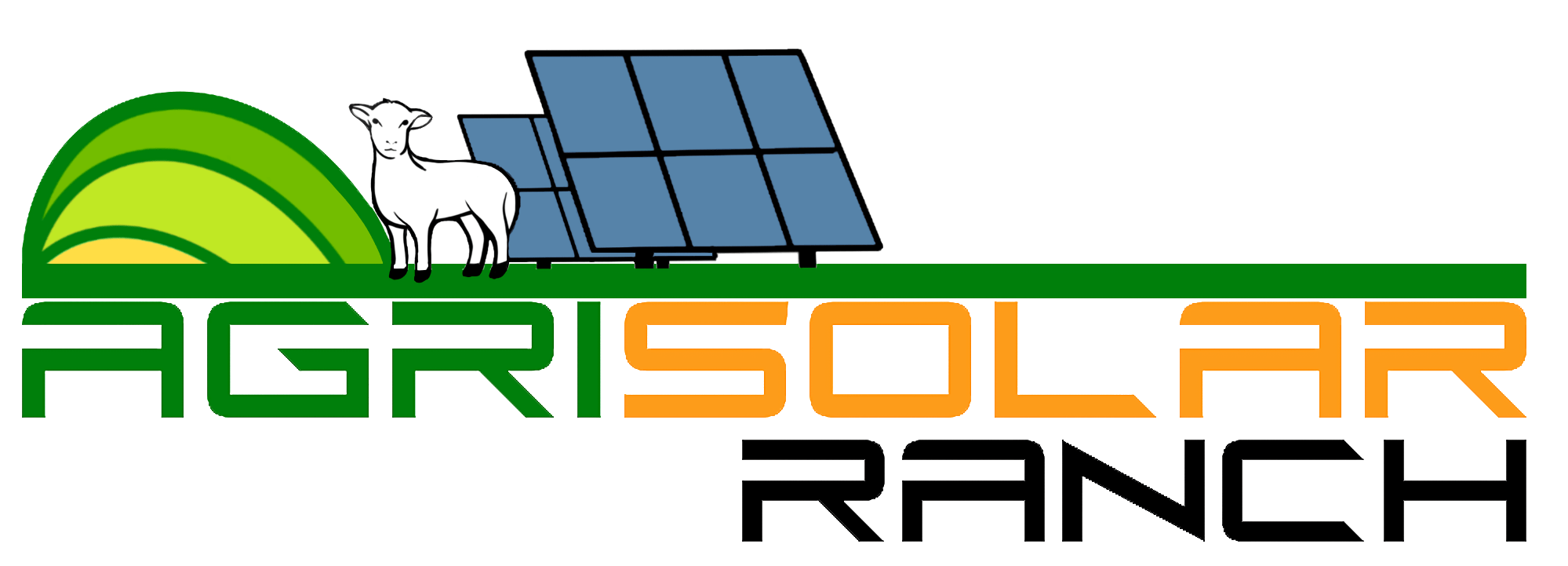Mechanical veg. management
Traditional vegetation management involves using equipment such as mowers, trimmers, and brush cutters.

AgriSolar Ranch focuses on bringing dual land use agrivoltaic services and mechanical vegetation control throughout the Mid-Atlantic region.

At AgriSolar Ranch, we don’t just cut and run — we put down roots and invest in the local community. Our solar grazing services are designed to integrate with rural economies, creating benefits for local farmers, feed suppliers, and agricultural workers.

Beyond regulatory advantages, integrating agrivoltaics into a site plan demonstrates a commitment to sustainability. This enhances your reputation and bolsters support from the local community while saving you money on the bottom line.
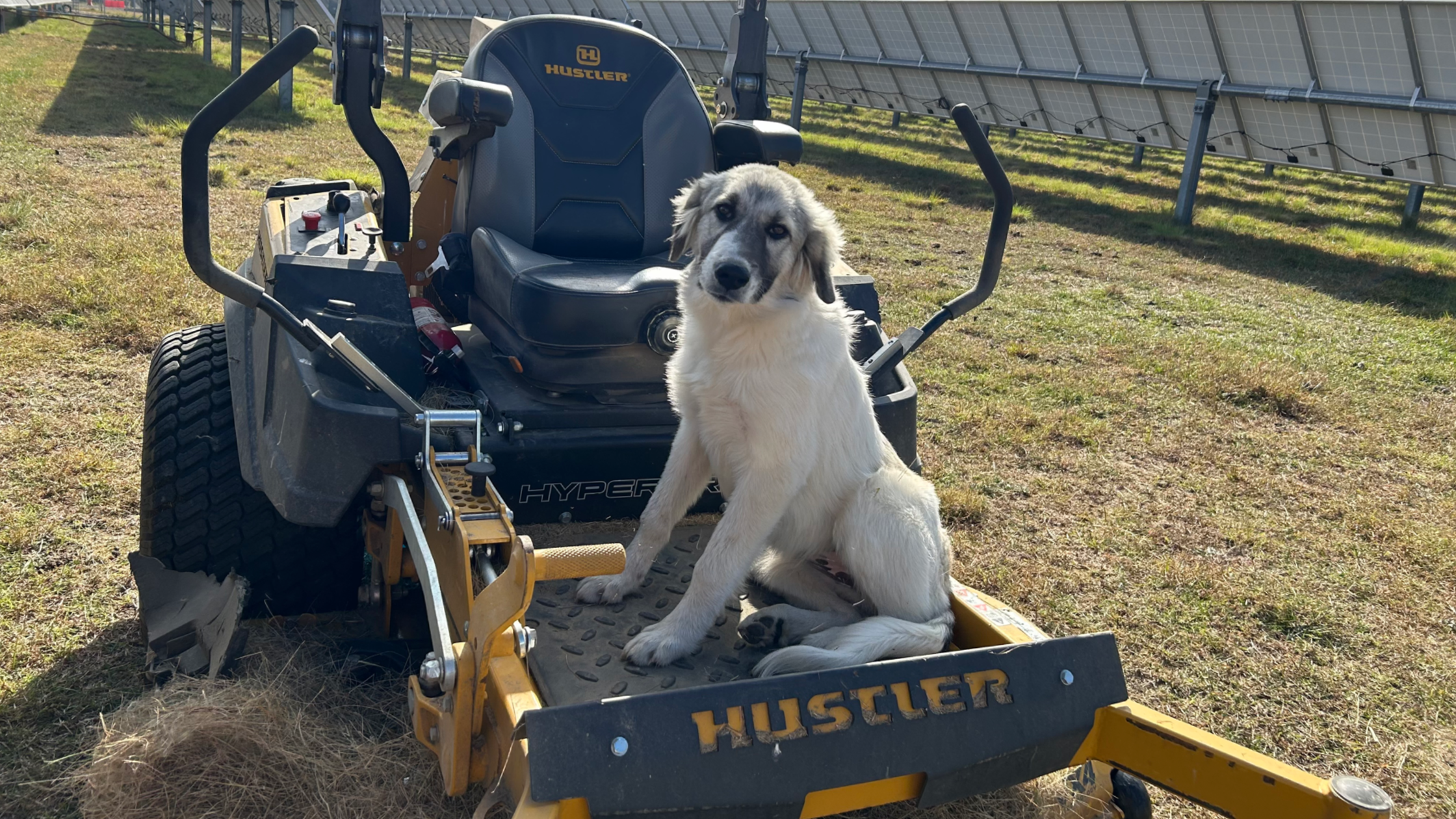
Traditional vegetation management involves using equipment such as mowers, trimmers, and brush cutters.
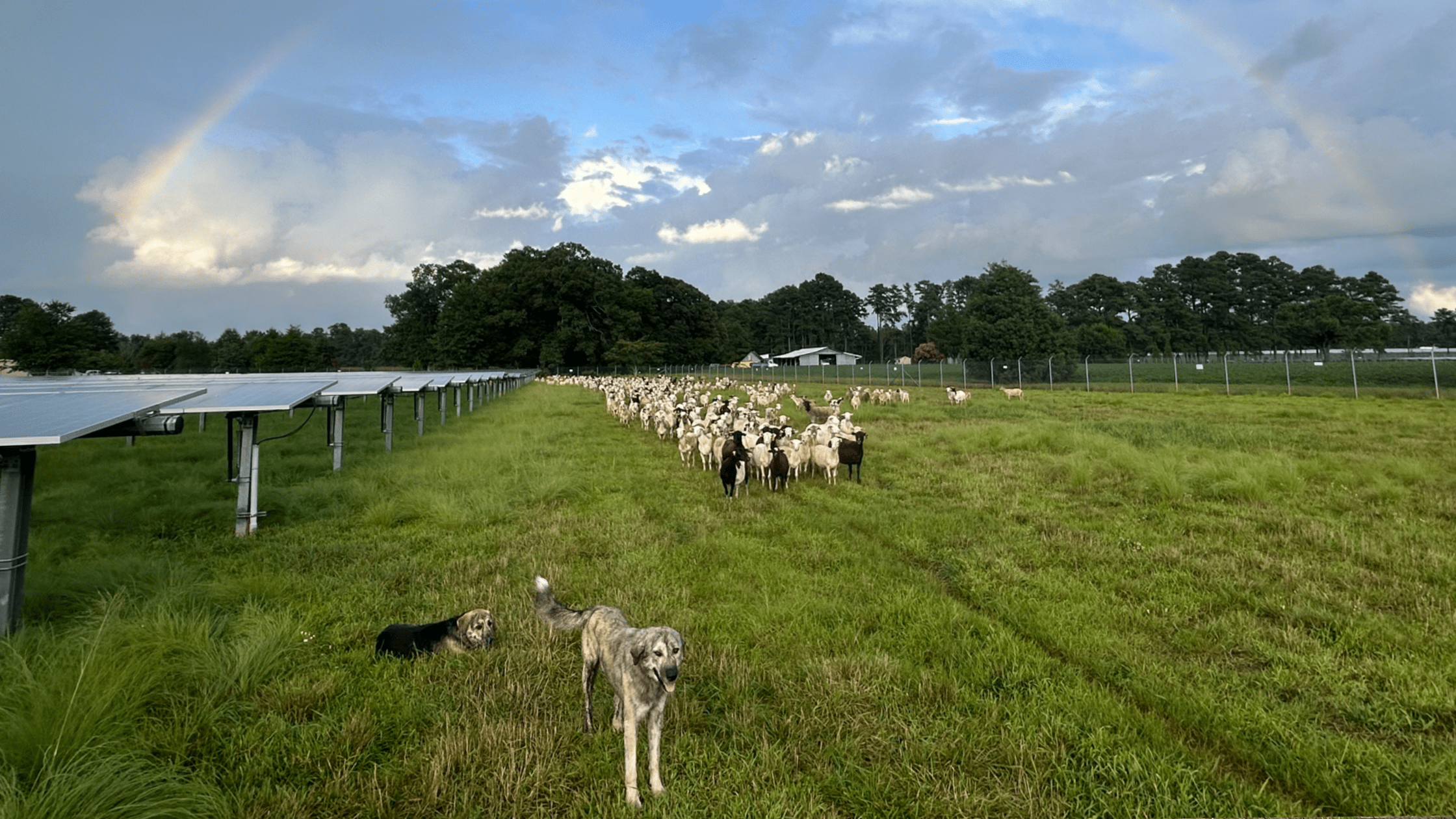
Vegetation/Grounds maintenance of Solar Farms through rotationally grazed livestock to control plant growth.
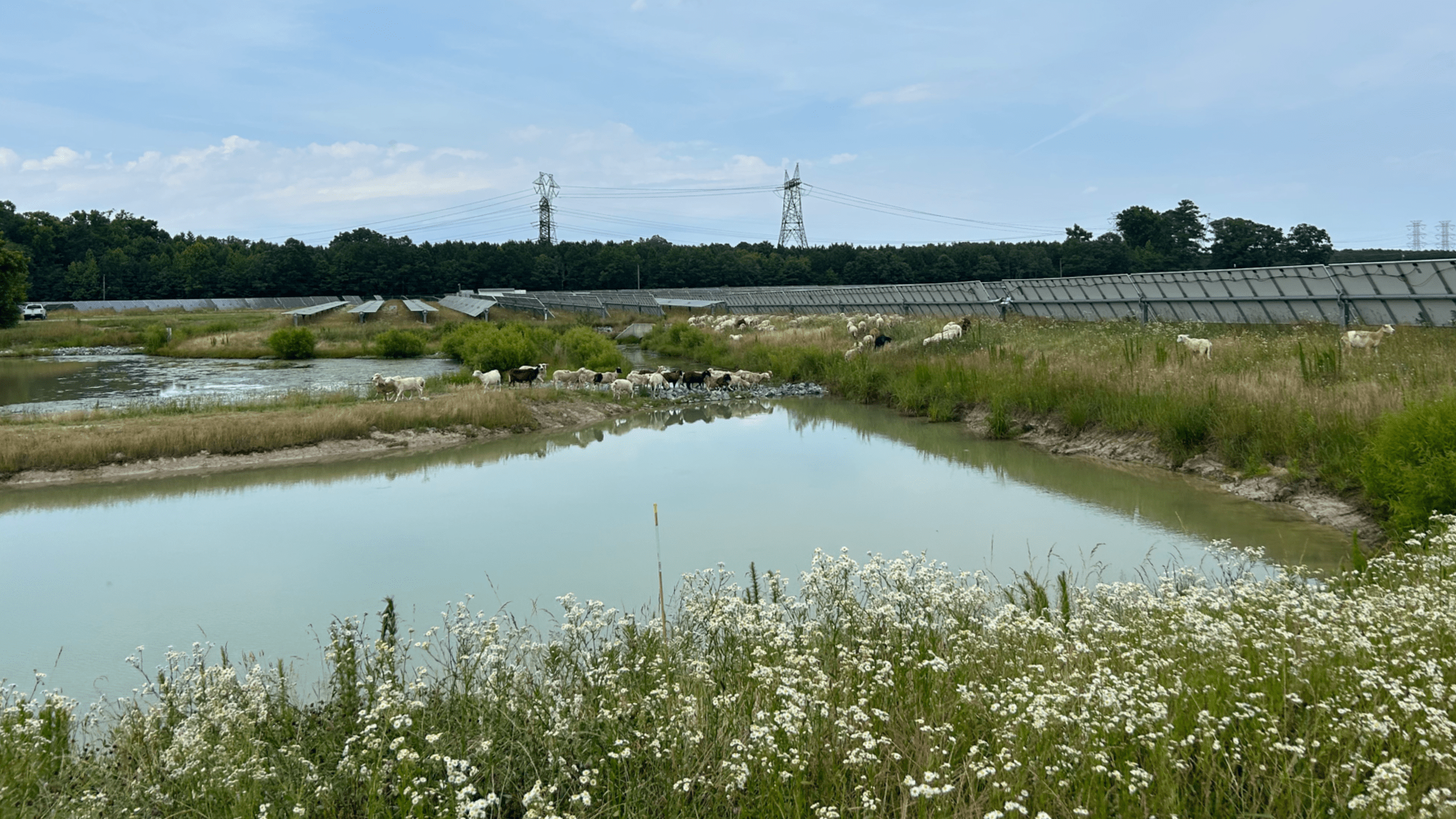
Our expertise includes native plant selection, pollinator habitat creation, honeybees and crops integration.
We are multi-generational farmers with ranching experience spanning from the Texas Plains to the Mid-Atlantic Coast.
We strive to create a legacy of sustainability for the future generations.
We actively participate in our local community, touting the benefits of Agrivoltaics to our local economy at Micro and Macro levels and educating landowners in regards to dual land-use solar.
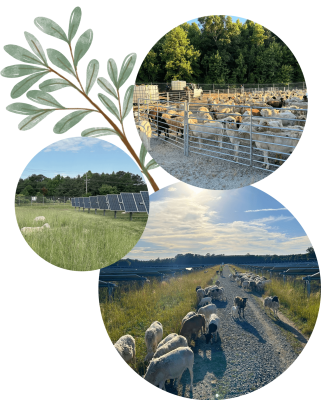
Grazing livestock under solar arrays offers a cost saving vegetation management plan that all Utilities and IPP’s should consider implementing especially on utility scale solar projects. Livestock grazing your facility dramatically reduces the need to mechanically mow. Sheep specifically don’t damage equipment or cause ruts unlike mowing crews.
Our goal at AgriSolar Ranch is to provide economical and sustainable contributions to local communities through agrivoltaics. Localities are faced with the daunting misinterpretation that solar will replace thousands of acres of farmable land within their county.
Grazing naturally controls vegetation growth, reducing the need for manual labor and herbicides. This practice enhances biodiversity by leaving plants for pollinators, contributes to soil health, and works in tandem with wildlife conservation programs.
We look forward to a future beyond sheep. One that also includes apiaries, poultry, cropland, orchards, wildlife and pollinator habitat to turn your solar facility into an island of major ecological importance amidst a sea of declining wildlife habitat and farmland
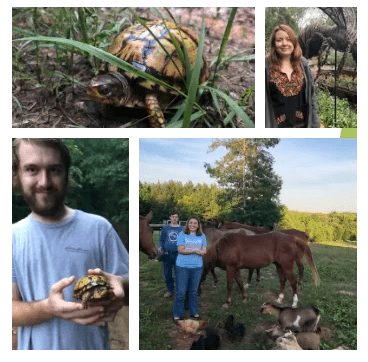
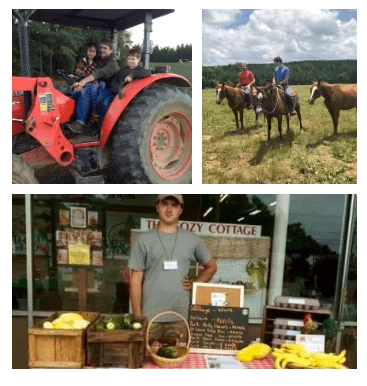
Our team is also our family, and our goal is to improve traditional ranching and agricultural practices using the innovative approach of agrivoltaics at utility scale.
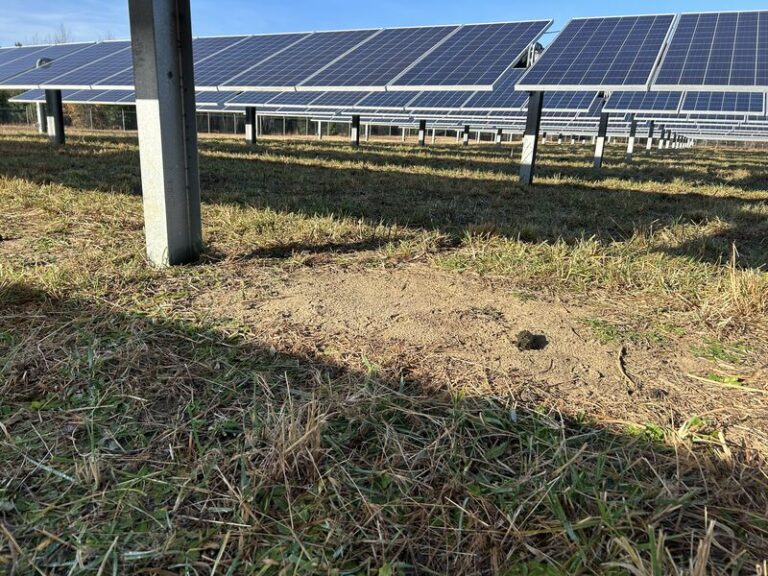
Another great example of how grazing saves time and money!We implemented intensive rotational grazing on this area to kill off broomstraw.Benefits here are as follows:- This area was cut just twice in 2024- Only once
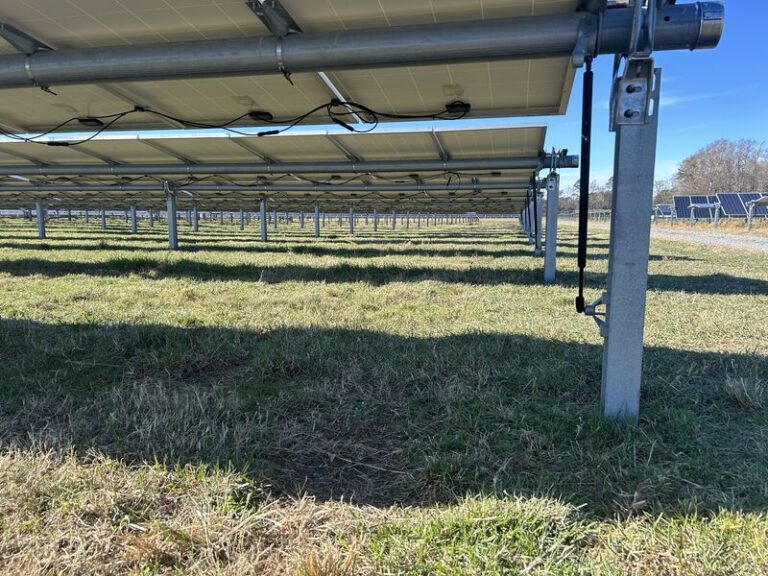
I was rolling around touring the sites and couldn’t help but notice how well the sheep did here. We are excited with the results from the 2024 growing season on this site.This is year one
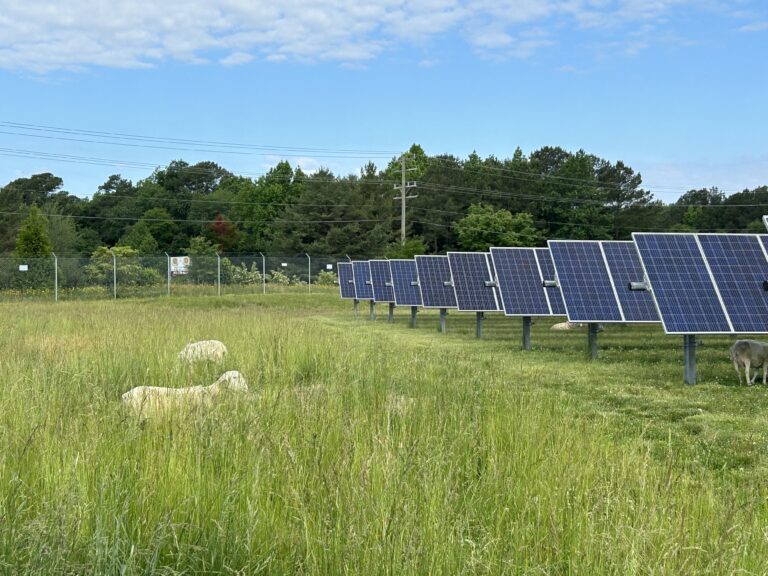
The relationship between utility-scale solar farms and property values is often a topic of debate, particularly in communities where these projects are proposed. Concerns about declining property values frequently surface during public hearings, reflecting the
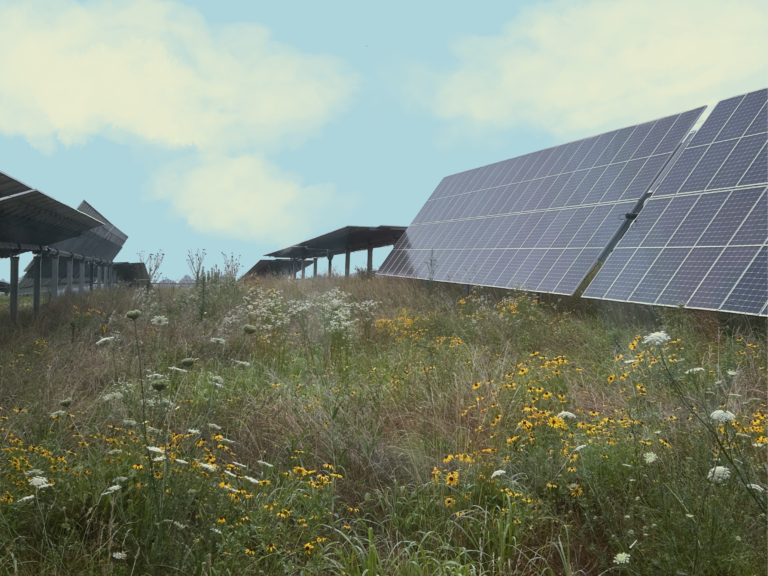
Research from the National Renewable Energy Laboratory (NREL) demonstrates how utility-scale solar projects can enhance both biodiversity and soil health. At solar sites in Minnesota, planting pollinator-friendly native vegetation beneath and around solar panels restored
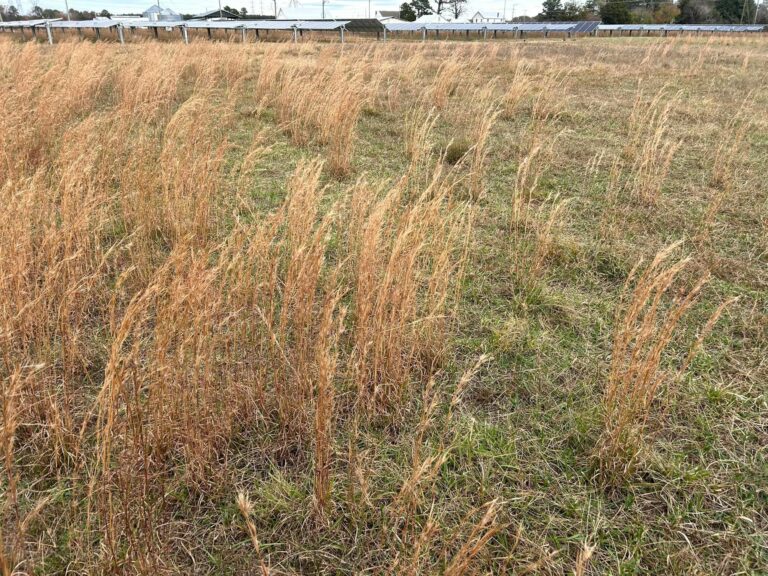
This image showcases the work of our sheep, which have been on-site since April, keeping vegetation under control with 1 mechanical intervention. A true testament to the potential of solar grazing.Currently performing the 2nd and
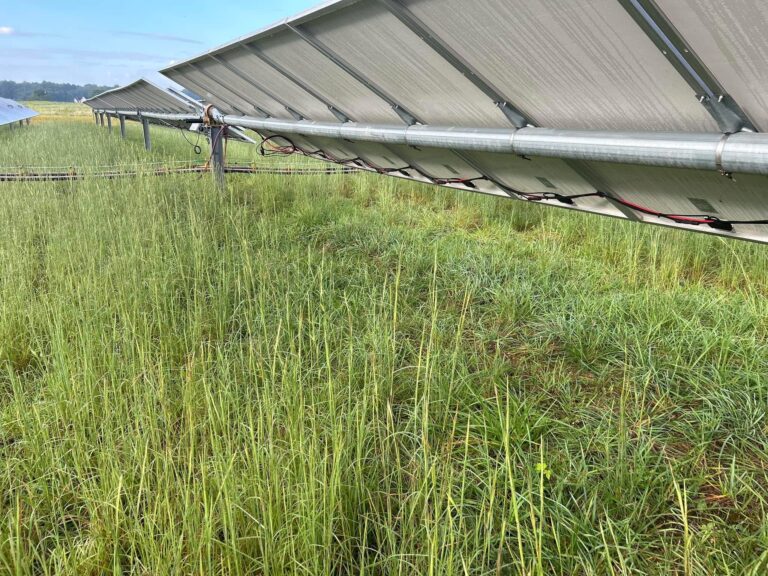
Even with proper stocking density unpalatable weeds can still emerge—especially when the site has poor soil fertility, unpalatable grasses, and unbalanced pH levels, which promote the growth of broomstraw. In the meantime, while sheep munch
